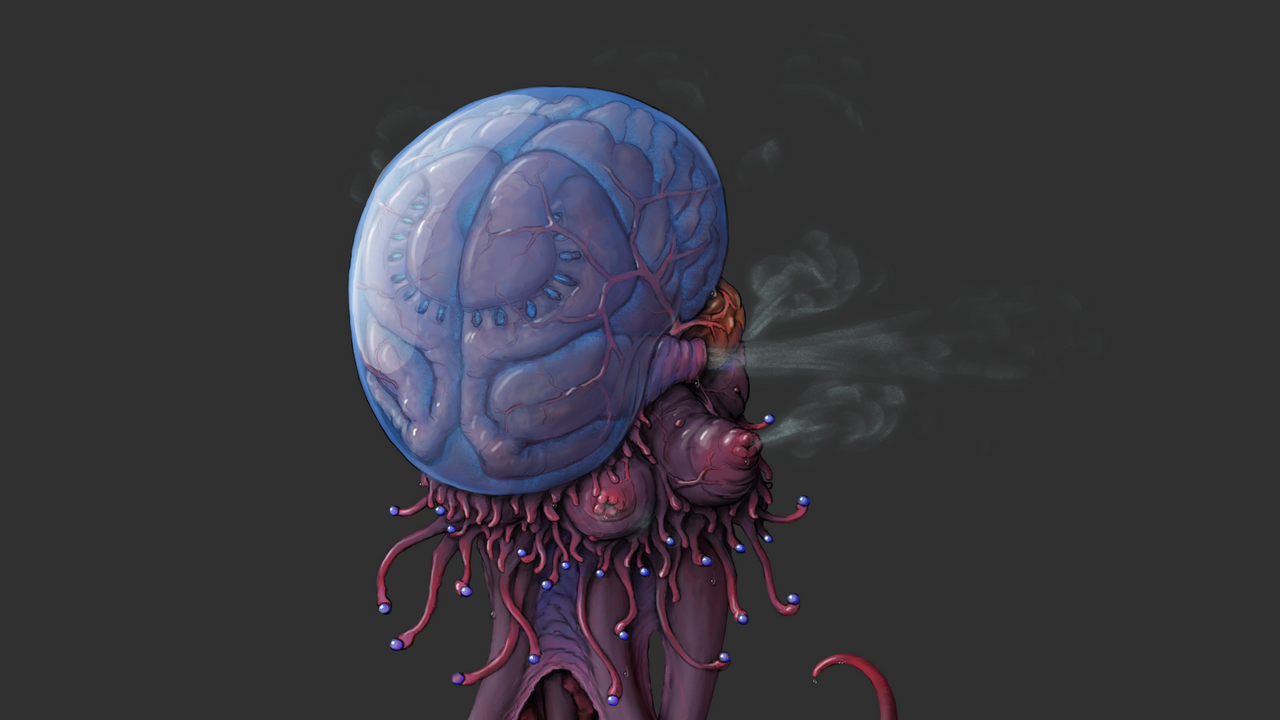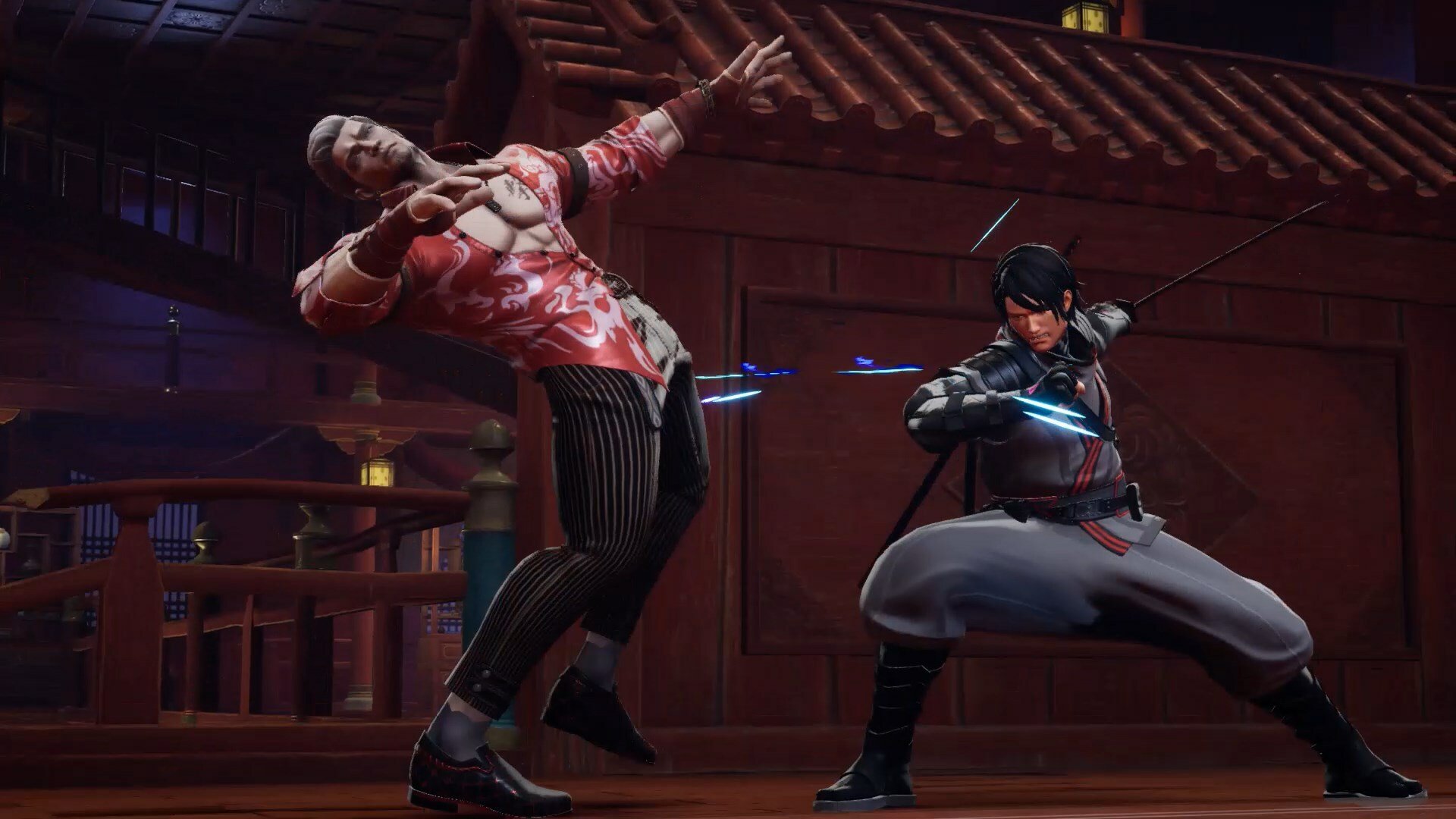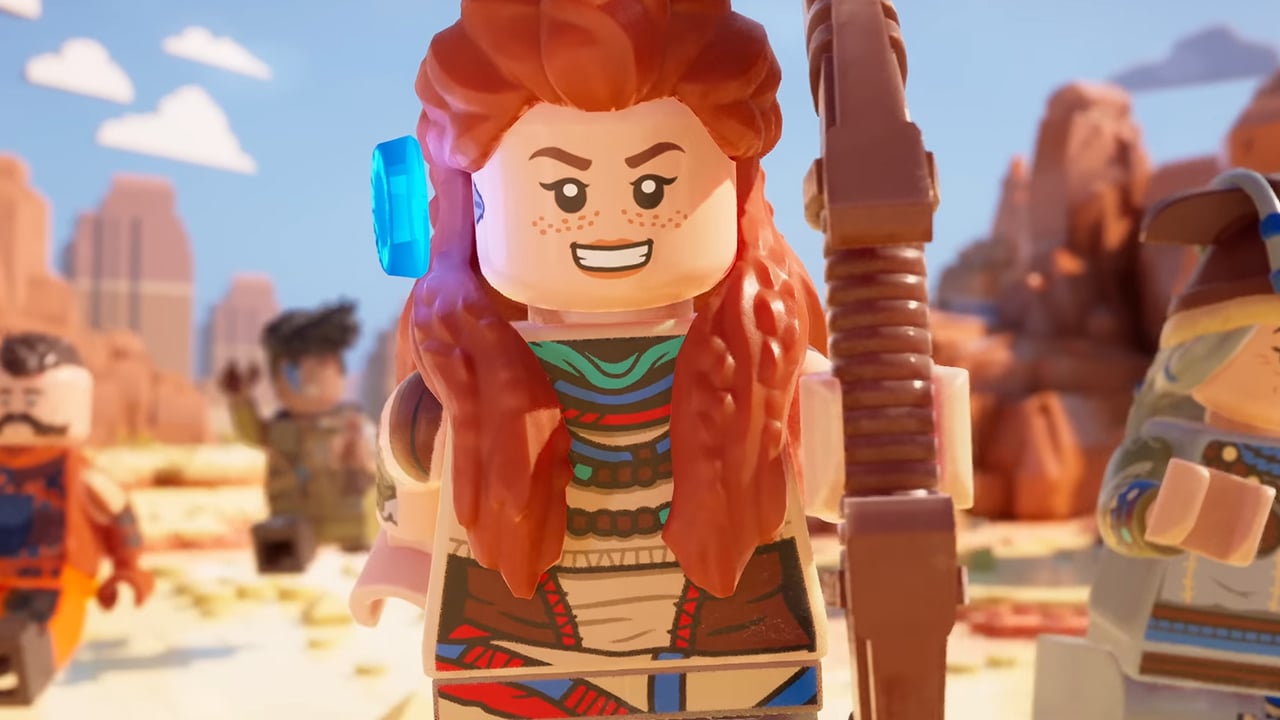Baldur’s Gate 3 has impressed the public with its adaptation of Dungeons & Dragons fifth edition rules in a video game format. However, this may leave some newcomers to Baldur’s Gate 3 feeling a bit confused about certain terms and concepts. DnD veterans are familiar with these, but beginners may find them perplexing.
Baldur’s Gate 3 takes place approximately 120 years after Baldur’s Gate II: Shadows of Amn. In this game, a group of heroes must face mind flayers and cultists in order to save the world of Faerûn. The game features unique companions, each with their own special abilities and personalities, and tells an epic story. This mirrors the experience of playing DnD with a party, so having some knowledge of the source material can be helpful.
Baldur’s Gate 3 is set in the world of Toril in the Forgotten Realms, specifically on the continent of Faerûn. Baldur’s Gate is a city located in a region known as the Sword Coast, which is where most DnD fifth edition campaigns take place. The Forgotten Realms was created by Ed Greenwood in the 1960s and has been expanded upon significantly over the years. As a result, it is a medieval fantasy setting where magic and the supernatural coexist, with a wealth of lore to explore. Fortunately, even without prior knowledge of the Forgotten Realms and Faerûn, it is easy to jump into Baldur’s Gate 3, as the game does a great job of introducing the setting.
Mind flayers, also known as illithids, play a significant role in Baldur’s Gate 3. However, outside of their mention in Stranger Things, there are not many references to these creatures in modern pop culture. Mind flayers are some of the most terrifying enemies in DnD due to their ability to control other beings. They are most commonly found in the Astral Plane and the Underdark, and they are part of a hive mind that seeks to dominate others. Once they had a vast empire spanning multiple worlds, but their numbers were greatly reduced after their githyanki slaves revolted. Mind flayers have a humanoid appearance, often with purplish skin and a mass of tentacles on their faces, which they use to capture their prey and consume their brains.
NPCs in Baldur’s Gate 3 will react differently to characters based on their race. While some of these differences are minor, others are more shocking, such as the hatred and derogatory language directed towards drow and tieflings. Those who are unfamiliar with the Forgotten Realms may be confused and even angered by such blatant racism. One of the earliest instances where this can be observed is in the Druid Grove with the tiefling refugees.
2023-08-09 11:48:03
Original from screenrant.com
rnrn




















